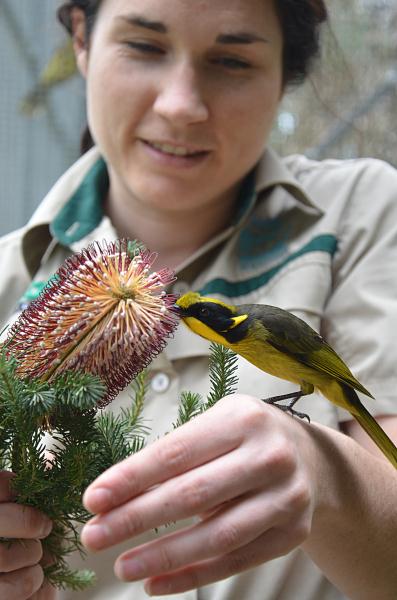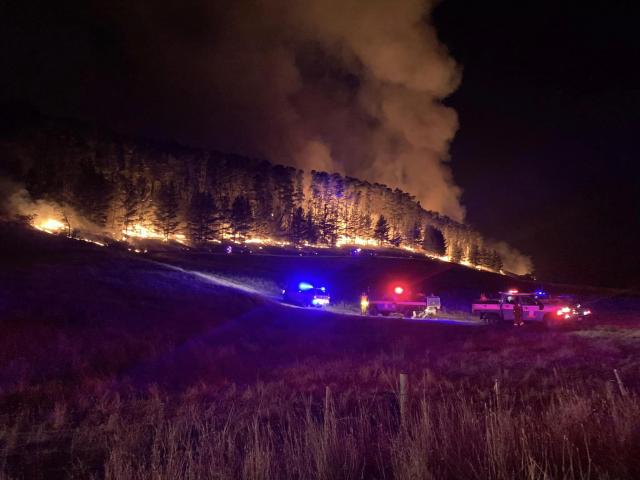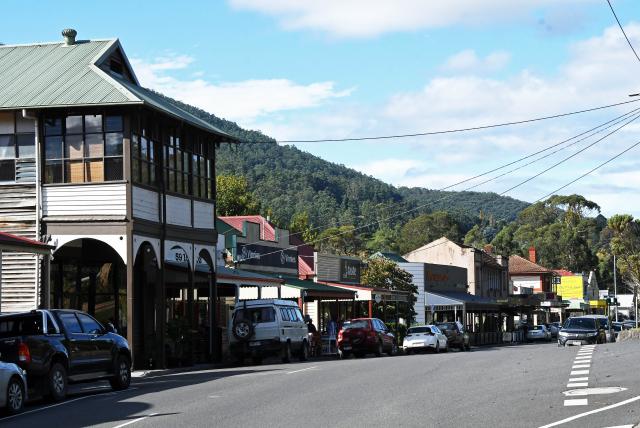By JESSE GRAHAM
WORK to save threatened species from extinction has had its most successful year yet at the Healesville Sanctuary, with results announced earlier this month.
Minister for Environment and Climate Change Ryan Smith spoke at the sanctuary on Sunday 1 September about the work being done with Zoos Victoria to protect dwindling animal numbers.
“In the past 12 months, 37 Orange-bellied parrots were bred right here at Healesville Sanctuary,” he said.
“That is the Sanctuary’s best result in the 19-year life of the program.”
Threatened species curator at Healesville Sanctuary Dr Melanie Lancaster said the breeding successes had been “beyond expectations”.
“I feel really happy – we’ve had some results with our breeding program that are better than ever,” she said.
Dr Lancaster said the sanctuary runs 10 threatened species programs and that 14 Helmeted Honeyeaters were hatched last year and are due to be released into the wild in six weeks.
She said the growing Helmeted Honeyeaters are being trained to avoid their predators in the wild – larger birds of prey.
“We’ve got two teams working together – the Helmeted Honeyeater captive breeding team and the bird trainers – making sure they have the best chance to survive,” she said.
Dr Lancaster said the Zoos Victoria program had its best result to date with their breeding program with the Northern and Southern Corroboree Frogs, which saw 198 Northern and 93 Southern eggs hatching into tadpoles.
The tadpoles will be raised and released as frogs into the wild sometime next year.
“The broad goal for all of our threatened species breeding programs is the same – the recovery of those species in the wild,” Dr Lancaster said.
“I think a lot of Australian native species are threatened by past or present human impact – loss of forests and pollution.
“I think we have a responsibility to do everything we can to conserve our species – it is so important.”
In the past 12 months, nine Tasmanian Devil joeys were also born as part of the national breeding program, to build an insurance against the animal’s extinction and be released in the future.
For more information, visit www.zoo.org.au.







